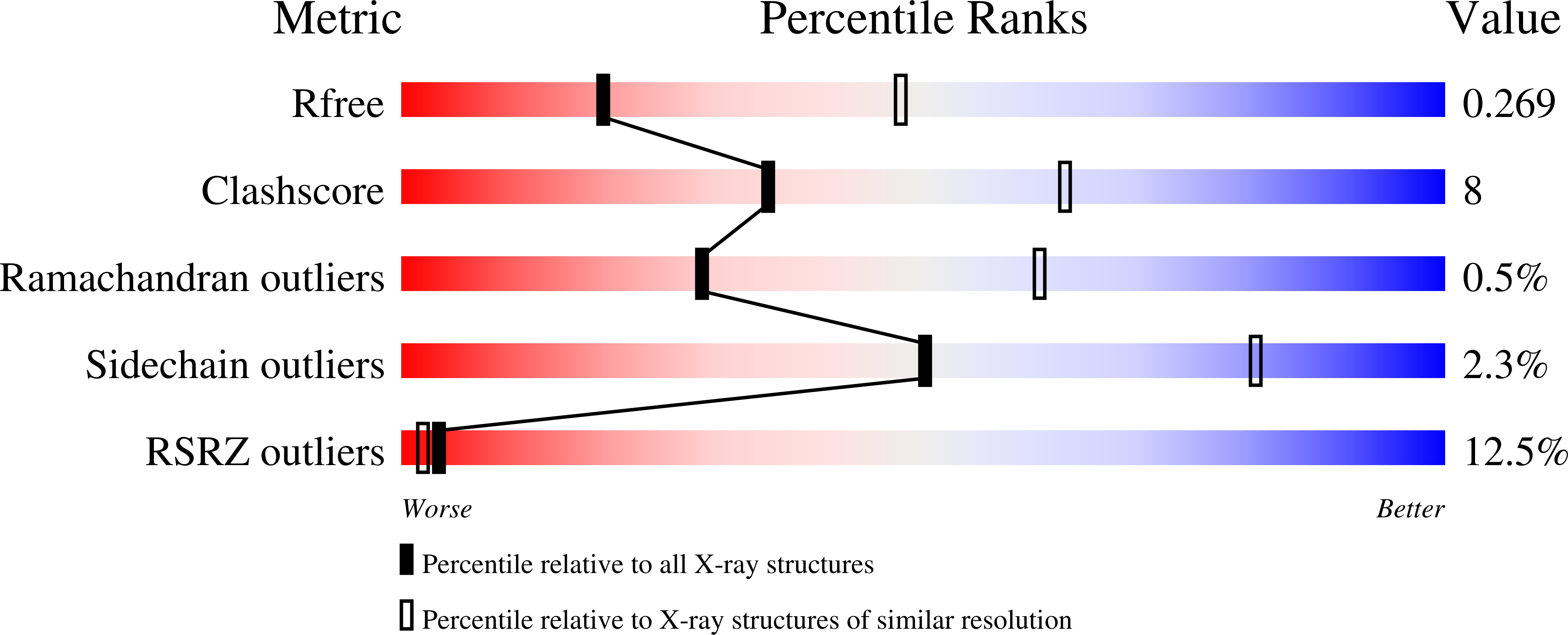
Deposition Date
2022-03-01
Release Date
2022-11-02
Last Version Date
2024-01-31
Entry Detail
PDB ID:
7Z36
Keywords:
Title:
Crystal structure of the KAP1 tripartite motif in complex with the ZNF93 KRAB domain
Biological Source:
Source Organism:
Homo sapiens (Taxon ID: 9606)
Host Organism:
Method Details:
Experimental Method:
Resolution:
2.80 Å
R-Value Free:
0.27
R-Value Work:
0.22
R-Value Observed:
0.22
Space Group:
C 1 2 1


